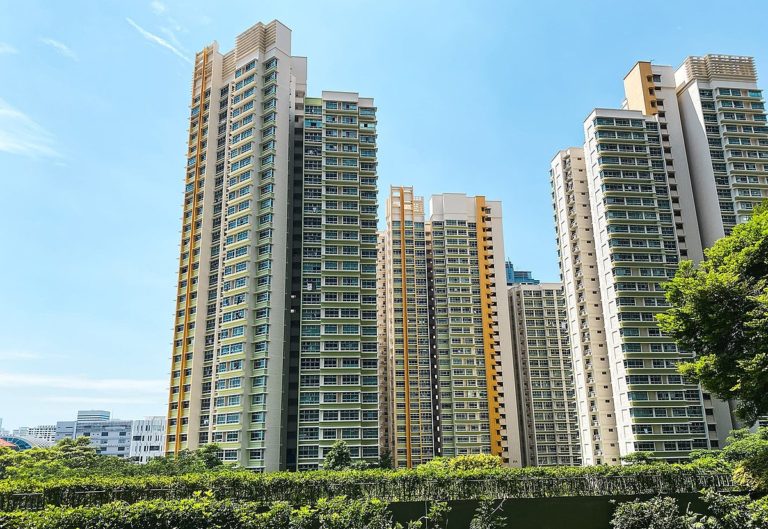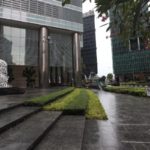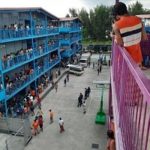Singapore New and Existing Buildings Target of Green Buildings Masterplan

Singapore has developed into a thriving city state. Its urban form has been strongly influenced by urban planning during colonial rule and this has continued as the city state has been redeveloped with some green buildings since independence. Today the city is not only redeveloped and grown in terms of the height of the buildings, but land reclamation has also increased the land area of the city state to create residential, commercial and recreational spaces.
The construction of green buildings differs from that of traditional buildings in terms of the design, materials and processes. The barriers to the development of green buildings, such as the high cost and project delay, further indicate that the productivity of green building construction needs to be tackled.
From the end of this year, all new buildings will face higher minimum energy performance requirements. New developments being submitted for planning approval from the fourth quarter will have to be 50 per cent more energy efficient compared to 2005 levels, up from the current 30 per cent requirement.
Green Building Masterplan
The launch of the BCA Green Mark scheme in 2005 formed the backbone of Singapore’s first Green Building Masterplan, which encouraged, enabled and engaged industry stakeholders in adopting new green buildings. The Green Building Masterplan, which was first rolled out in 2006, has also been continually updated since its inception.
The first edition targeted new buildings, to encourage developers to embed sustainability as part of a building’s life cycle from the onset. As the Built Environment sector began to embrace the idea of sustainable buildings, BCA expanded its reach to target the greening of the larger stock of existing buildings and engage building occupants to change their energy consumption behaviour. The target is to have “at least 80% of buildings (by floor area) in Singapore to be green by 2030”.
The singapore green building masterplan aims to deliver three key target:
1) Stepping up the pace to green 80% of our buildings by 2030
- The earlier editions of the Green Building Masterplan had set a target of greening 80% of Singapore’s buildings (by gross floor area, GFA) by 2030. As of end 2020, 43% of Singapore’s buildings have been greened.
- To step up the greening of buildings, BCA will identify all buildings in the building energy performance data that it publishes, starting with commercial buildings in the second half of 2021.
- In order to future-proof our building stock, BCA will also raise the minimum energy performance requirements for new buildings and existing buildings that undergo major retrofit, to be 50% and 40% more energy efficient compared to 2005 levels respectively.
2) 80% of new developments by GFA to be Super Low Energy (SLE) buildings from 2030
- Since 2006, the public sector has been taking the lead on environmental sustainability by requiring new public sector buildings to attain Green Mark certification, including Green Mark Platinum for new buildings with air-conditioned area exceeding 5,000 sqm.
- Under the GreenGov.SG initiative, the Government will take the lead in bringing Super Low Energy buildings into the mainstream. BCA will also be exploring further measures to drive adoption of Super Low Energy buildings in the private sector.
3) Achieving 80% improvement in energy efficiency for best-in-class green buildings by 2030
- Today, best-in-class buildings are able to achieve more than 65% improvement in energy efficiency over 2005 levels.
- BCA aims to raise this figure to 80% by 2030 through the Green Buildings Innovation Cluster (GBIC) programme. Established in 2014, GBIC supports the development and deployment of green building solutions with high potential to be widely adopted.
Challenges for Existing Buildings
Singapore has other ambitious goals, such as ensuring that 80% of GFA’s new buildings are Ultra Low Energy Consumption (SLE) buildings by 2030. However, there are several challenges be faced by government and contractors as follow:
- work within many existing parameters.
- materials used matter
- building is owned by a single entity or several parties
- the large capital investment needed





